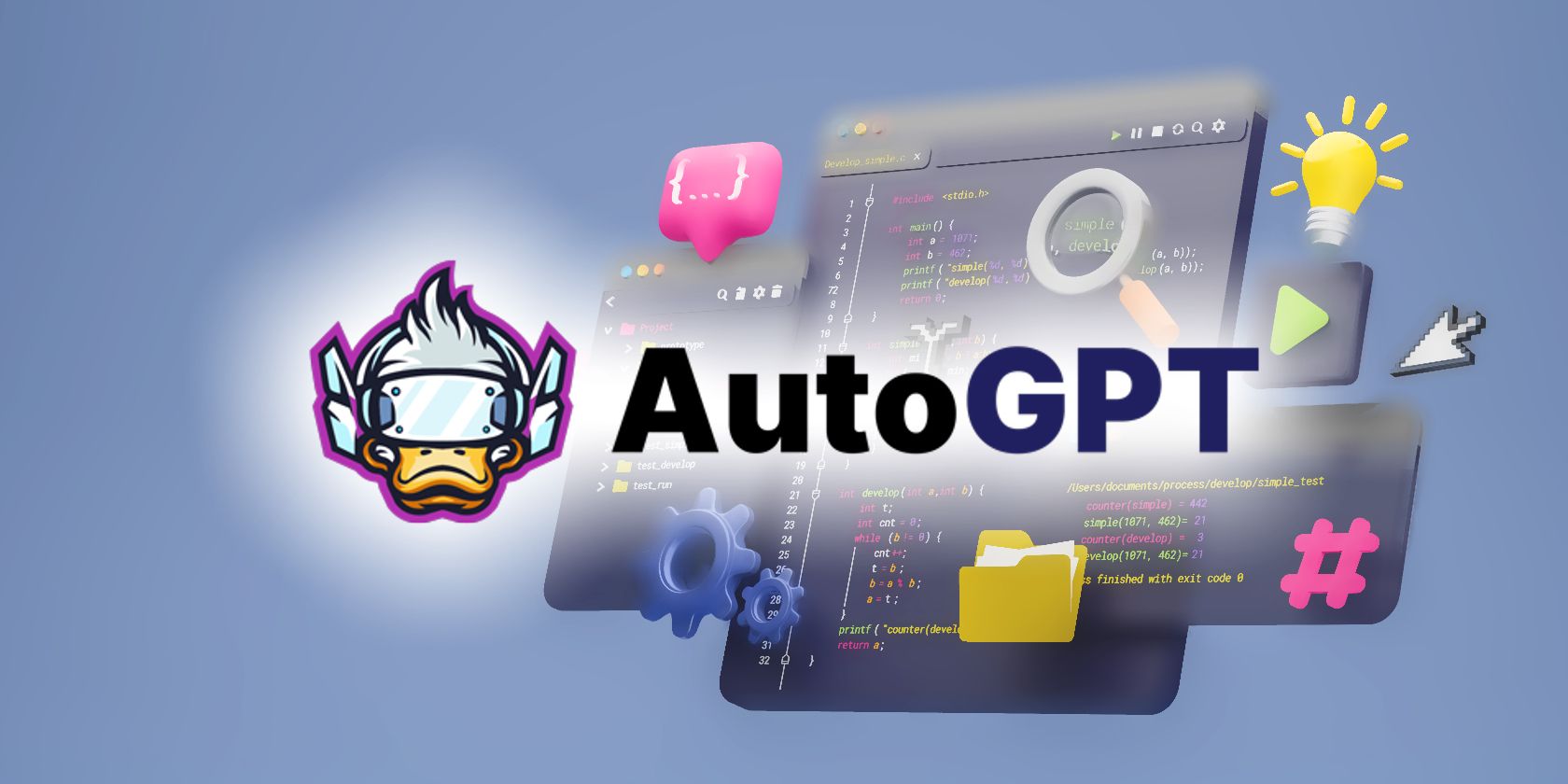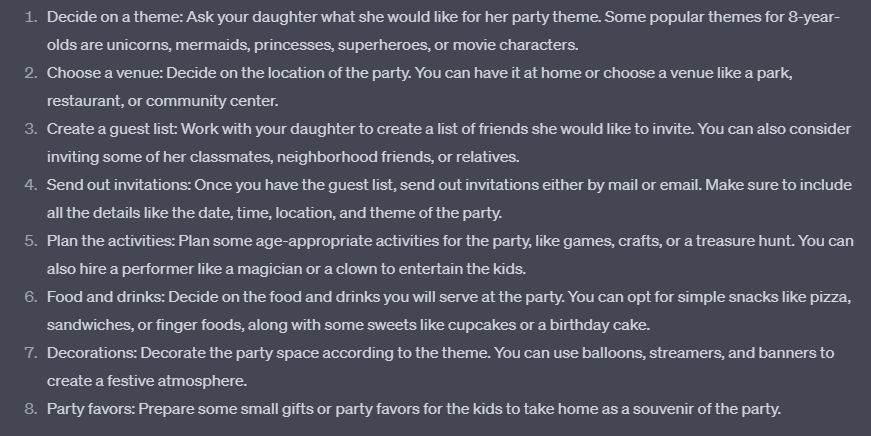Artificial intelligence is racing ahead so fast that even the most adept minds struggle to keep pace. Occasionally, a new AI tool pops up. Among these tools, there are fads, hyped and then forgotten, and then there are others that hold real value.Auto-GPT, an AI sensation built on top of ChatGPT technology, could very well be an AI tool with genuine value. But what is Auto-GPT? How is it different from ChatGPT, and what can you do with it?
What Is Auto-GPT?
Auto-GPT is an open-source AI project built on ChatGPT's Generative Pre-trained Transformer (GPT). At its core, Auto-GPT gives GPT the ability to act autonomously without requiring a human agent to prompt its every action. It isn't a novel technology, and it isn't a new large language model. And it is definitely not a new AI chatbot—we've had enough of those for a year.
So, yes, Auto-GPT gives GPT the ability to act autonomously. Why is that cool? What makes Auto-GPT any different from ChatGPT?
How Does Auto-GPT Differ from ChatGPT?
There are a lot of technical differences between ChatGPT and Auto-GPT, but one of the key differences is autonomy. Auto-GPT replaces "human agents" with "AI agents"—at least for a large part of its operation—giving it some semblance of decision-making powers. Let's give you a clearer picture of what we mean.
Let's say you wanted to plan your kid's birthday with ChatGPT. What do you do? Well, you head to ChatGPT and type in "Help me plan a birthday party for my 8-year-old daughter." In a few seconds, ChatGPT spits out a list of things you should account for.
ChatGPT provided a list that told us to plan for the birthday theme, venue, gifts, food and drinks, decorations, guest lists, and all the usual suspects. The thing is, planning a birthday is complex with a subset of problems. So we took up two subsets of problems, sending invitations to our guest lists and shopping for gifts. This meant we had to prompt ChatGPT once again, this time asking how to plan our guest lists and send out invitations as well as gift ideas and the best places to get them.
So you see, to plan a birthday, we have to prompt our way through all the subset of birthday planning steps, which is time-consuming.
"We," the humans doing the prompting, are the human agents. Auto-GPT is the promise to replace these human agents with AI agents. So when you ask GPT to plan a birthday party, depending on the limits of the powers you give it, Auto-GPT, using AI agents, could self-prompt and tackle every subset of the birthday planning problem.
Here, Auto-GPT could, for instance, first provide the big picture like ChatGPT would do, but then it would prompt itself to tackle planning guest lists and invitations and, if needed, send out those invitations to the guest on the list. Oh, that's not all. It could also, at least theoretically, flesh out a list of gift items to buy based on the guest list and place an order for them using your credit card and home address. Auto-GPT could also develop a birthday theme and maybe hire an event planning company to execute that theme.
Yes, it sounds a bit far-fetched, but Auto-GPT is already being deployed in the wild in similar ways.
Someone tasked Auto-GPT with creating a podcast. What did Auto-GPT do? Well, it went through several web pages to gather information and used it to make the podcast.
Not impressed? Well, someone also used it to build an automated investment analyst.
Still not convincing? Well, there is the scary spawn of Auto-GPT called Chaos-GPT that shares its supervillain manifesto on Twitter. A parody of some sort (we hope), Chaos-GPT is an Auto-GPT project tasked with the destruction of humanity. While the actions Chaos-GPT plans to take seem scary and practical, it's generally laughable because it doesn't have access to take those actions. But let's hope it never gets those accesses so we don't laugh our way to extinction.
How Does Auto-GPT Work?
Auto-GPT works much like ChatGPT but with the added ability that AI agents offer. You can picture AI agents as personal assistants. Just as a personal assistant helps schedule and manage tasks for their employer, an AI agent can be programmed to perform specific tasks or make decisions based on a set of rules and a predefined goal.
Like a personal assistant, an AI agent can operate on behalf of an individual, performing tasks such as scheduling appointments, sending emails, making purchases, doing analysis, and making various decisions on your behalf. However, before you become overly hyped or scared of the idea, just like a personal assistant, an AI agent is only as powerful as the access you give it through an API.
If you give access to the internet, it could search for information, but that's it. But if you give it access to your computer's terminal, it could theoretically be able to, say, search for apps online and install them if it considers those apps necessary for carrying out its goal. Give it access to your credit card, and well—you probably shouldn't do that.
So, Auto-GPT is basically GPT paired with a companion robot that tells GPT what to do. You tell the companion robot what your goal is, and the robot, in turn, uses GPT and several APIs to carry out every step needed to achieve whatever goal you've set for it.
Auto-GPT: An Exciting Future for AI
Auto-GPT is still an experimental project. Right now, unless you have programming skills, you probably won't be able to deploy the tool in any practical capacity.
However, the few ways it has been used gives us a glimpse of what is possible. It provides a sneak peek into the future of OpenAI's GPT and artificial intelligence in general. In a nutshell, Auto-GPT is interesting, exciting, and scary.


